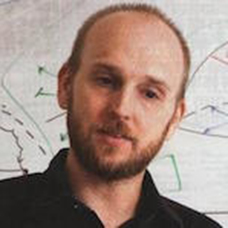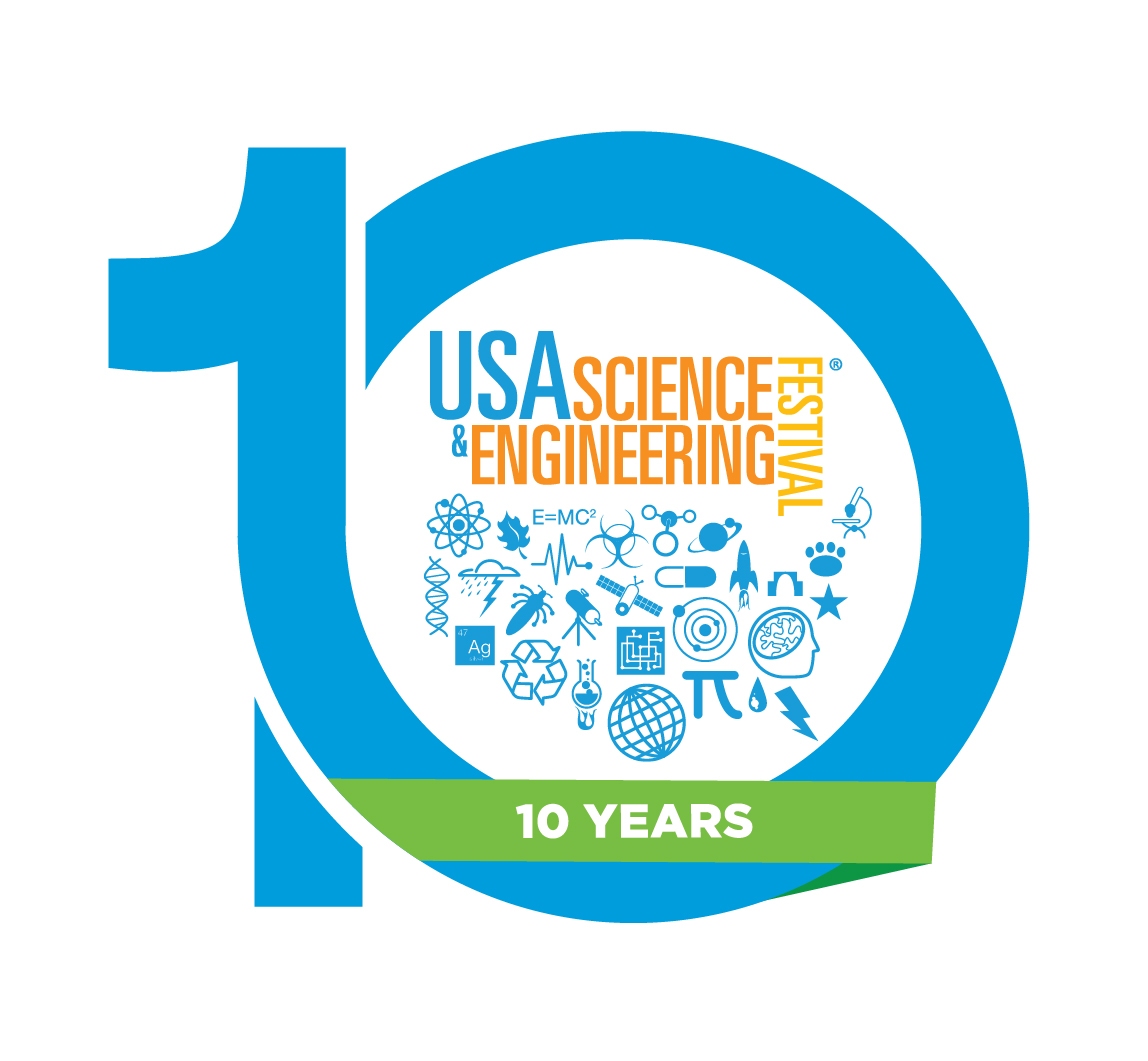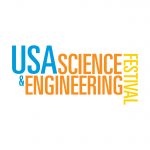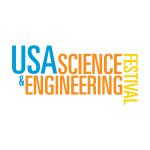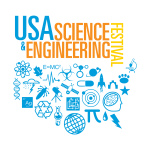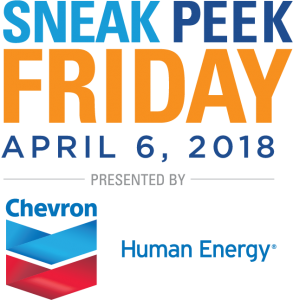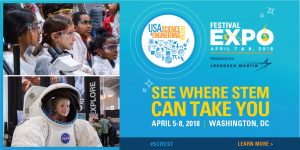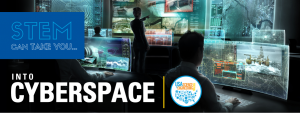Biography
NOTE – This Nifty Fifty speaker will offer multiple (3-5), hour long, classroom-size activities (30 students per activity) rather than a large group talk. Contact [email protected] for more details.
Making Mathematics Come Alive With Sean Lawton of George Mason University!
Sean Lawton is excited about the power of mathematics and he is on a mission to share that excitement with young students and future innovators in science, technology, engineering and mathematics (STEM). Sean serves as an Associate Professor in mathematics at George Mason University where he is founder and director of the Mason Experimental Geometry Lab — an experimental research lab in pure mathematics focusing on the interplay of topology (the study of geometric forms or spaces), algebra, and dynamics. These areas come together in the study of moduli spaces; that is, spaces whose points are themselves spaces.
In his lab, Sean and his team not only conduct groundbreaking experimental research and visualization projects in their field and how this research can be further developed with 3D printing, virtual reality, and parallel computing, but are also involved in dynamic, hands-on outreach activities about mathematics to K-12 schools in the George Mason University area.
Says Sean about these outreach efforts which currently have reached over 1477 elementary, middle and high school students: “Our future scientists, inventors, and developers need to love mathematics; mathematics is everywhere! Like it or not, mathematics can be challenging. But we at Mason Experimental Geometry Lab know that mathematics is beautiful, fun, and enthralling. We want to share the positive side of mathematics with all students, and we are looking forward to filling out outreach calendar with more schools.”
From the laboratory´s outreach website, here are some of the popular classroom activities in mathematics that Sean and his team engage students in:
–You Can Count on Monsters: This activity is designed for grades 1 through 3 (this is somewhat flexible). The students learn about prime numbers, the “atoms” of the counting numbers. They arrange glass beads into rectangular arrays and then decompose them, while drawing a “number tree” to keep track of their work. When they’re finished they create paper plate Monsters that represent the prime number decomposition of their original number. Then they try to decode each others’ Monsters to figure out what numbers they represent.
–Really BIG Numbers: This activity is designed for grades 4 through 6 (this is somewhat flexible). How big is REALLY big? How can we imagine numbers like a Googol, which has 100 zeros? What about numbers that make a Googol seem tiny? How far up do numbers go? This activity is designed for elementary school students. By stepping through different orders of magnitude, using hands-on activities along the way, students gain an intuition for the sheer magnitude of the real numbers.
–Snowflake Symmetry: This activity is designed for grades 7 through 8 (this is somewhat flexible). Is there more to math than numbers? Can we “multiply” things that aren’t numbers? How about the motions (or, symmetries) of a snowflake? What does a symmetry multiplication table look like, and what can it tell us about the motions a snowflake makes as it falls? How are snowflake symmetries the same as numbers? How are they different? In this activity students create their own paper snowflakes and experiment with them to explore these questions. Along the way we discover beauty hiding just beneath the surface, and find there is more to math than we thought!
–Your Teachers are Lying to You: This activity is designed for grades 9 through 11 (this is somewhat flexible). The students learn what they’ve been taught in school isn’t necessarily the truth! They experience simple mathematical “facts” being turned on their heads by changing the context in which they appear. Through kinesthetic activities and manipulatives including balloons and special clocks, they see that 2+2 isn’t always 4, that triangles aren’t what they thought they were, that some squares have negative area, and that it is possible to divide by 0.
For more information, please visit http://math.gmu.edu/~slawton3/

